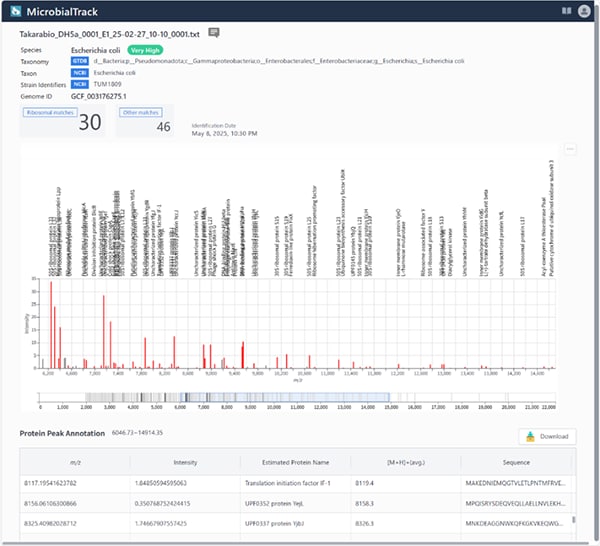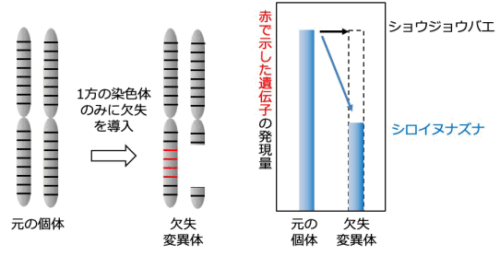2025-05-20 九州大学
美味しい炒飯を食べた被験者は前頭部のα波が 全体的に低下(高覚醒)していた
<関連情報>
- https://www.kyushu-u.ac.jp/ja/researches/view/1264
- https://www.kyushu-u.ac.jp/f/61737/25_0520_02.pdf
- https://www.frontiersin.org/journals/psychology/articles/10.3389/fpsyg.2025.1522812/full
味覚の異なる食物を摂取した後の認知課題中の脳活動 Brain activity during a cognitive task after consuming food of varying palatability
Hongjia Li,Siyao Li,Kenji Matsuo,Tsuyoshi Okamoto
Frontiers in Psychology Published:29 April 2025
DOI:https://doi.org/10.3389/fpsyg.2025.1522812
It has been reported that various physiological and psychological changes occur after consuming delicious food. Additionally, research on task performance efficiency following the consumption of delicious food has garnered significant attention. In particular, studies on physiological states have been actively conducted in recent years, with an increasing number of studies utilizing brain activity measurements. Therefore, in this study, we aimed to investigate the physiological changes that occur after consuming delicious food by administering a cognitive task, the Stroop task, and measuring brain activity during the task. In this study, two experiments were conducted to better understand the effects of consuming delicious food. Before starting the two experiments, we evaluated the taste of fried rice in a preliminary experiment and selected three types of them (delicious, slightly delicious, and normal) for the main experiment. In Experiment 1, 20 healthy students (19–26 years old, 11 females) were divided into two groups: 10 students in group 1 ate delicious fried rice and 10 students in group 2 ate normal fried rice. One experimental block included recording the EEG, performing the Stroop task, eating the given sample, and answering the questionnaire. Results of data analysis indicated that group 1 was significantly shorter (high work efficiency) than group 2 in terms of task work time. Concerning brain activity, group 1 showed lower theta and alpha amplitudes in the frontal regions (high arousal), and alpha band activity was lower in the left frontal region than in the right region (high approach motivation). In Experiment 2, 28 healthy students were asked to eat delicious fried rice and slightly delicious fried rice on different days. The daily experimental flow was set up as in Experiment 1. Results of data analysis showed that deliciousness and EEG were negatively correlated at theta and alpha band. This study provides novel evidence that eating delicious food increases work efficiency, arousal, and motivation for the task and decreases theta and alpha activities in limited brain regions. The observed neural profiles may enhance attentional states in high-demand occupational settings, while providing preliminary insights into neurophysiological mechanisms that might underlie food-related motivational processes.
Highlights
• EEG recording with cognitive tasks was used to evaluate brain activity after consuming delicious food.
• Eating delicious food decreased EEG alpha amplitudes and increased arousal.
• Eating normal food increased EEG theta amplitudes and caused negative emotions.
• Lateralized activity in frontal brain region reflected approach motivation during the Stroop task.
• Eating delicious food increased work efficiency.


